UK eyesight driving standards
On the road, safety is of utmost importance and we all must do our bit to drive responsibly and think of others we’re sharing the road with. This includes the strength of your eyesight – in fact, research conducted by road safety charity Brake shows that road crashes involving a driver with poor vision causes 2,900 casualties per year (and costs £33 million per year).
If you require glasses or contact lenses while driving, then your prescription will have been arranged to meet the standards of vision for driving in the United Kingdom, which is what we’re going to tackle in this article.
Here’s a full rundown of the UK standards of vision for driving. It will provide you with all the actions you need to take if you require glasses while out on the road.
Standards of vision for driving in the UK
To drive safely within UK vision regulations, you must be able to read, from 20 metres away, a car number plate registered after 1st September 2001. You can do this with glasses or contact lenses if necessary.
There is also a minimum vision for driving: you need to have a visual acuity of at least 0.5 (6/12), which is measured on the Snellen scale. Both eyes can be tested, as can your ‘weaker’ eye. Visual acuity refers to your central vision, and we rely on it to see the finer details. This visual acuity test can be done wearing glasses or contact lenses if needed.
Your visual field also needs to be of adequate strength. Whereas visual acuity refers to your immediate central vision, the visual field is all that you see at the edge of your vision (your peripheral vision, basically).
What are the standards of vision for driving bigger vehicles?
If you drive a lorry or a bus (for example) then the standards change a little bit. There are a few reasons why, namely the increase in distance between you the driver, the road, and other drivers around you.
Your visual acuity needs to measure at least 0.8 on the Snellen scale (this is for your strongest eye) and at least 0.1 (6/60) in the other eye. For glasses, you will need a prescription with a corrective power of no more than (+)8 diopters. If you opt for contact lenses then there is no specific limit for correction. If all this sounds a bit confusing, then don’t worry – we recently wrote a guide to glasses prescriptions and what it all means, which should help!
Your visual field must be at least 160 degrees, and the extension of which should be at least 70 degrees left and right, 30 degrees up and down. Your optometrist will be able to explain all this if you’re a little unsure!
So, what is the minimum vision for driving?
Here are the minimum vision standards for driving in the UK, in any vehicle:
You need to be able to read the registration of a vehicle at the following distances:
- You must be able to read a vehicle registration at a distance of 20 metres with letters and numbers 79mm high/50 mm wide. The car must be registered since 1st September 2001.
OR
- You must be able to read a vehicle registration at a distance of 20.5 metres with letters and numbers 79mm high/57 mm wide. The car must be registered before 1st September 2001.
Like we mentioned earlier, your visual acuity needs to be at least 0.5 (6/12) on the Snellen scale.
What if you don’t meet these required standards?
If you fail to meet the above standards then you will simply not be able to drive. Upon failing to meet the standards (which, for many who do fail, happens at the beginning of a driving test) you will be expected to inform the DVLA who will then refuse or revoke your license.
Do you need glasses for driving?
If you’re in need of a new pair of driving glasses or you’ve been told by an optometrist than you need a pair, take a look at our vast range on offer. We have both men’s and women’s frames and you can even try glasses before you buy.
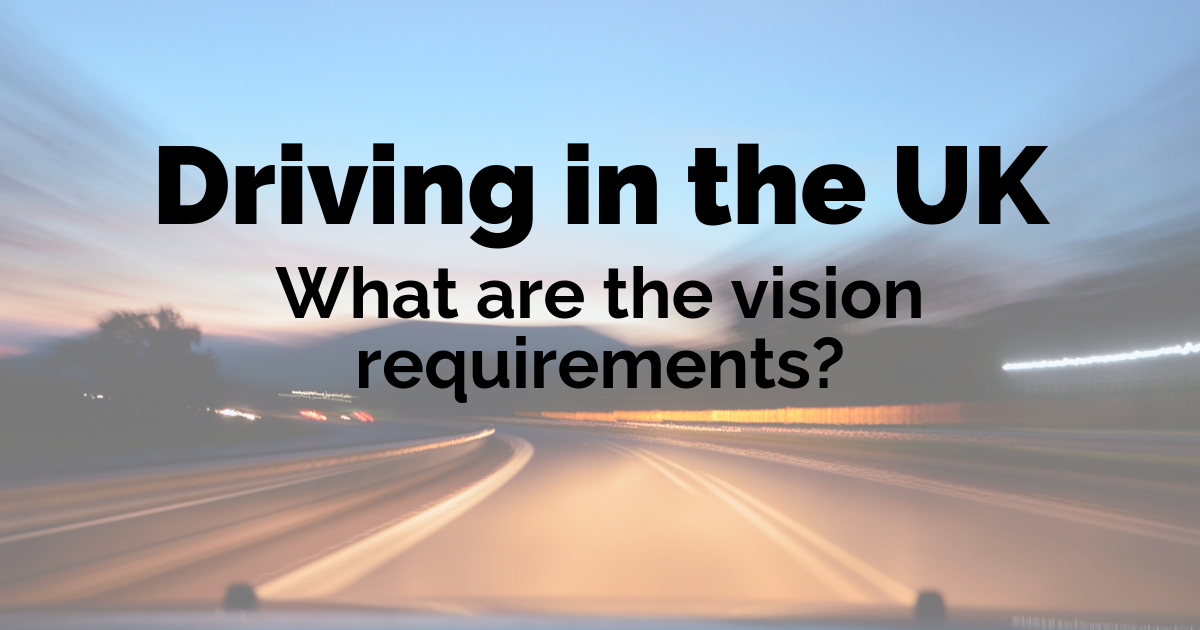
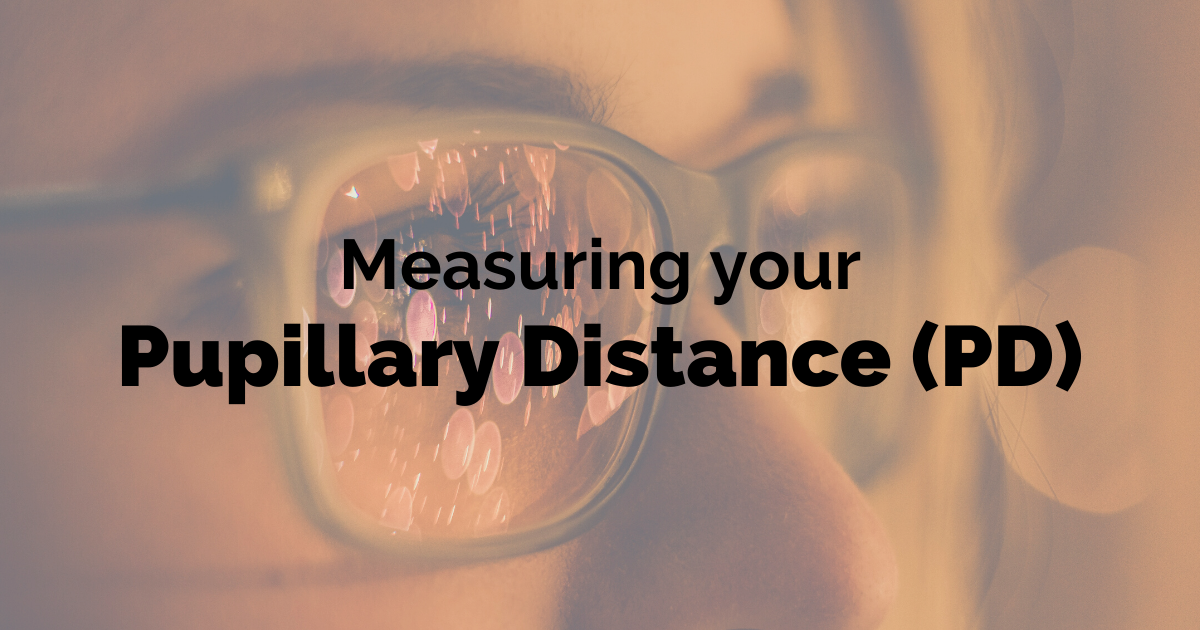 How to measure your Pupillary Distance (PD)
How to measure your Pupillary Distance (PD)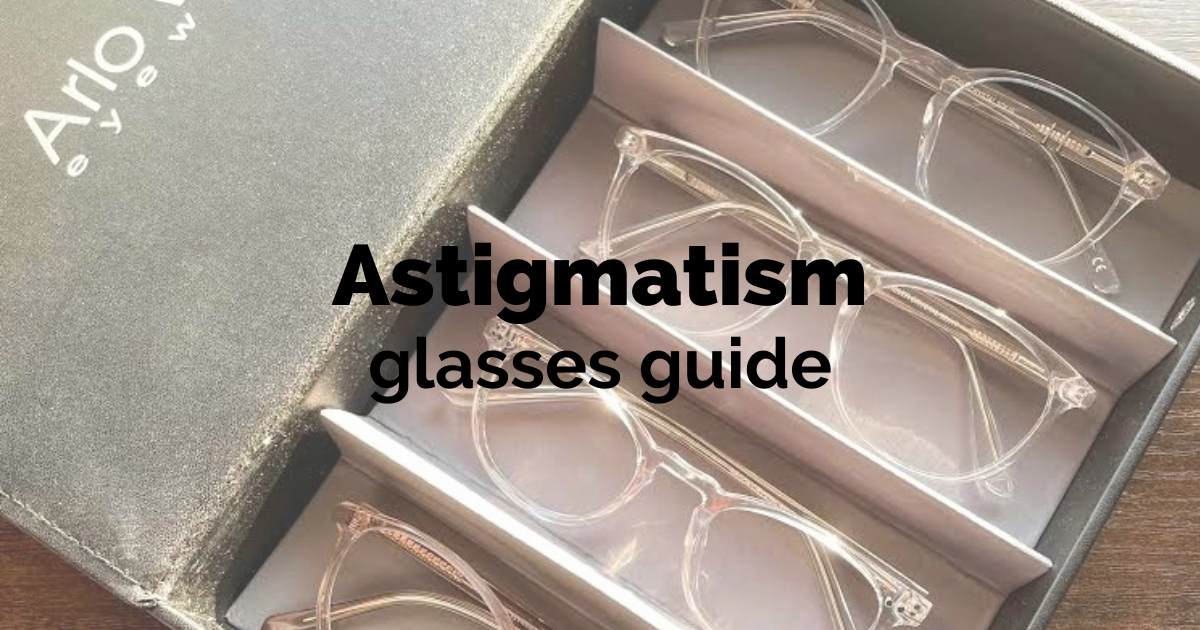 What are the best glasses for astigmatism?
What are the best glasses for astigmatism? 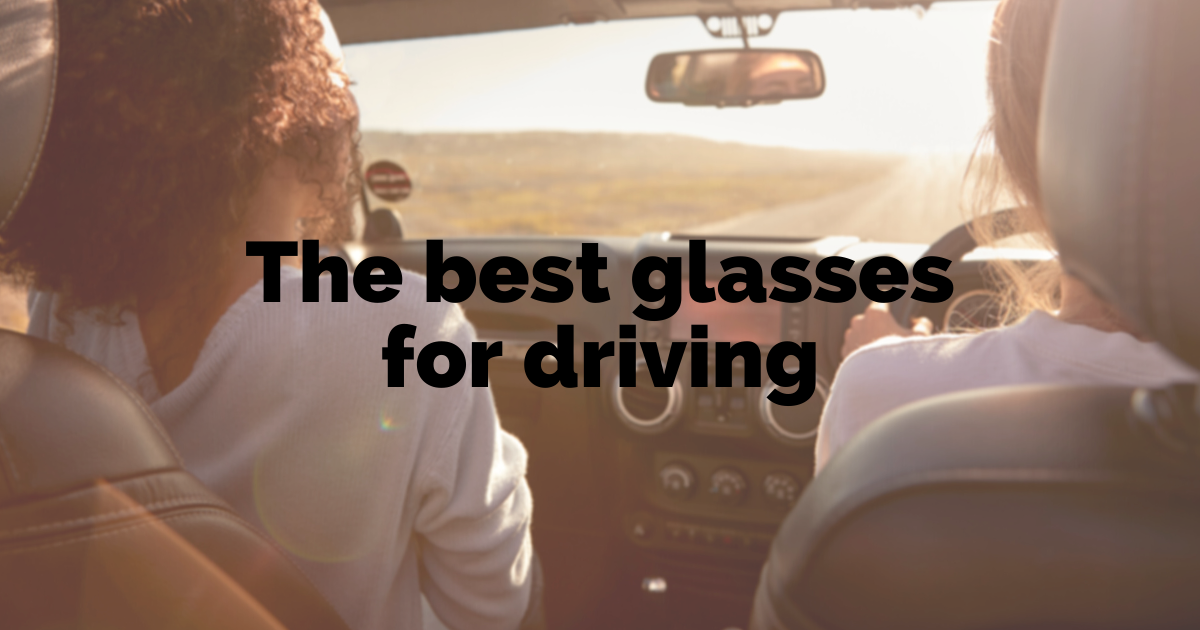 What are the best glasses for driving?
What are the best glasses for driving?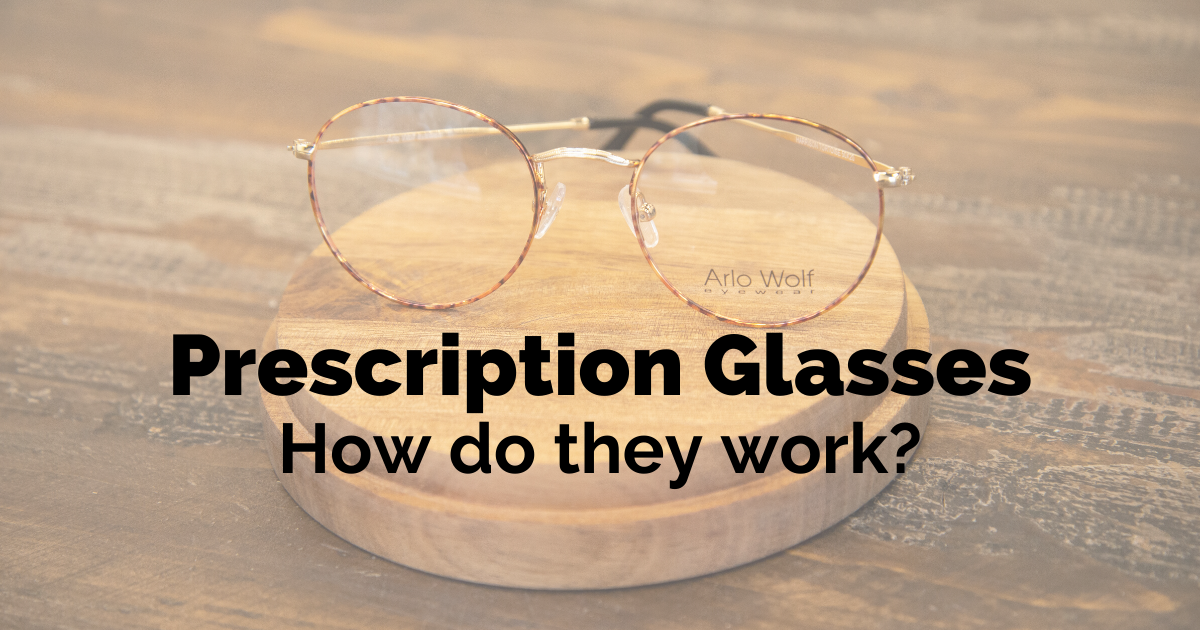 How do prescription glasses work? (Infographic)
How do prescription glasses work? (Infographic)